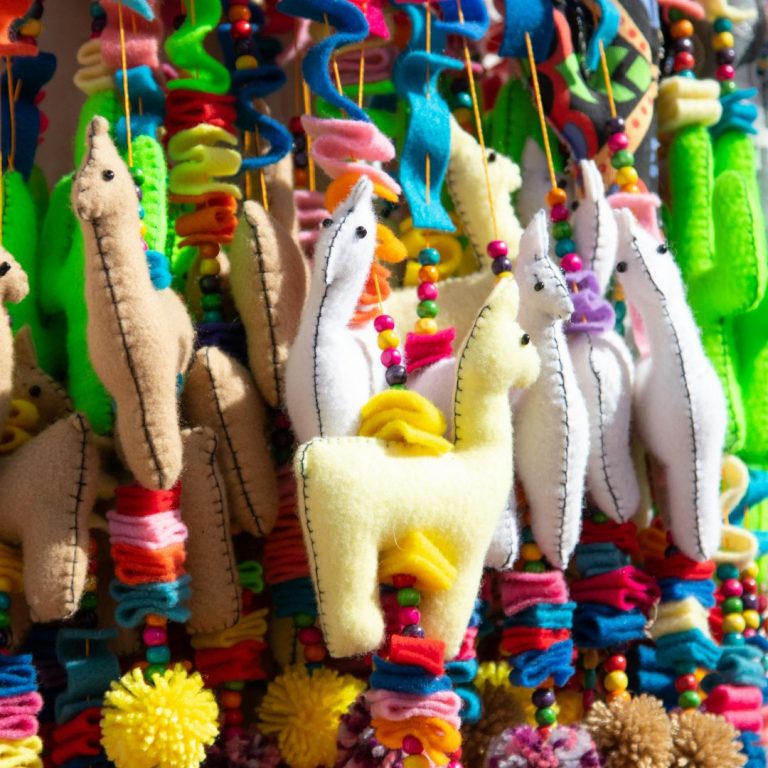Currency Change in Argentina.
Something that every foreigner needs to plan for when coming to Argentina is how to change their currency to the Argentinian peso. And unfortunately, it’s not as simple as, take your foreign card, stick it in the ATM, and take out pesos. Well, you CAN do that, but you’re going to get an ATM fee equivalent to 10 USD and the ATM will convert the currency at the official rate. And why is that a problem you might ask? Well, this actually wasn’t an issue for a long time. But in recent years, the official rate has been becoming more and more distant from the “blue” rate to the point where these days you get about half as many pesos per dollar as the “blue” rate. There are other rates besides the official and the blue rates, but all the others are generally in the middle. The “blue” rate’s legality is questionable. But it is how much people will pay for USD.
So let’s talk about alternative options of conversion. Of course, if you’re content with the official rate and the ATM fee, do feel free to use your foreign card in the ATM. I still do that, if I need cash in a pinch and my Argentinian account is currently low on pesos.
Western Union: This is the option I use. I do NOT know about its rates for currencies besides USD. But for USD, it is the most convenient and safest option with the best rate. Western Union’s rate is always at or near the “blue rate”. Currently the DIGITAL0FEE works for all transactions that aren’t cash pick-up (their cash pickup fee is low, also – at worst it’s the ATM fee, but it’s still better than an ATM because the exchange rate is about twice that of an ATM). You can also do a bank-to-bank transfer with them if you have an Argentinian bank account. This is what I do. I highly recommend this option if you’re staying awhile. You don’t need to bother with that if you’re not staying long.
The Bank Account for Tourists: This option is NEW. I’m not even sure if you can open one now nor the details on doing it if you can. The pesos rate it uses is the MEP (electronic payment rate). This rate is close to the “blue” rate, but not the blue rate. To know whether Western Union Cash pickup gets you a better number or this method, you need to know your bank’s transfer fee. I think on average, for smaller transfers (say 200 USD a week), this bank will work out better than Western Union cash pick-up, but for a large transfer all at once, Western Union will work out better. However, I also think you should take into consideration the advantages of this option over Western Union cash pick-up. You can look at the potential slight loss in currency as a convenience fee. I’m recommending this method to my parents because it lets you get a debit card. This way you don’t need to carry around lots of cash and most places accept local debit cards (many don’t accept foreign debit cards). Like everywhere, the more cash you carry around, the more likely you are to get robbed. Also, for Western Union cash pick-up you have to find the particular locations that will let you do so and go to them in their business hours, and potentially wait in long lines. I’ve never not had a line at a Western Union when I was doing a cash pick-up. And some places that have Western Union signs on the building don’t do it anymore or only do domestic transfers. ATMs are way more common and you’ll be able to use the bank account’s debit card at any of them (or at least any ATM of the same network, which will be Banelco or LINK) when you do need cash. You also don’t have an ATM fee. Also, if you’re not staying here for that long (you can start it abroad and pick up the debit card when you.



